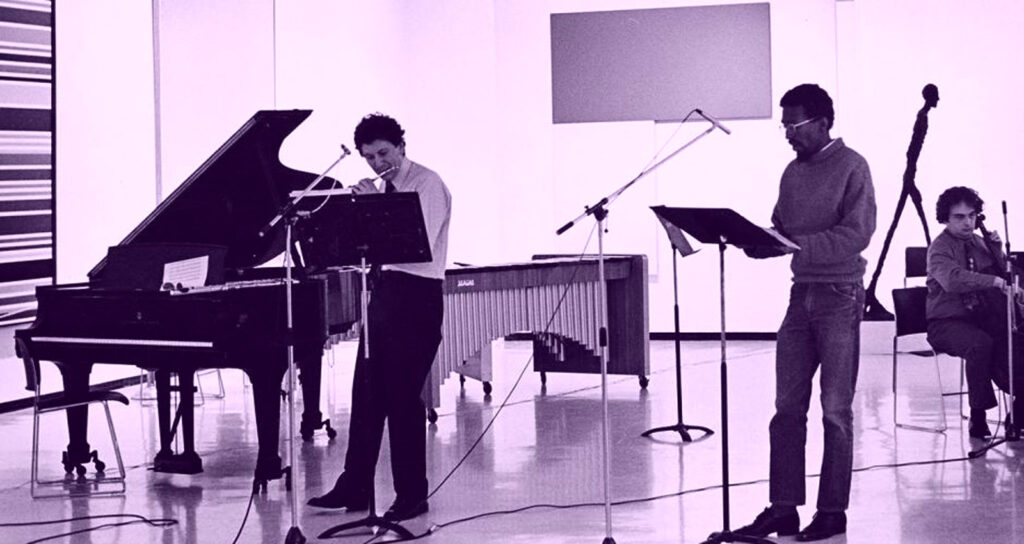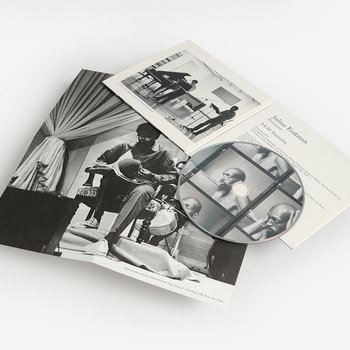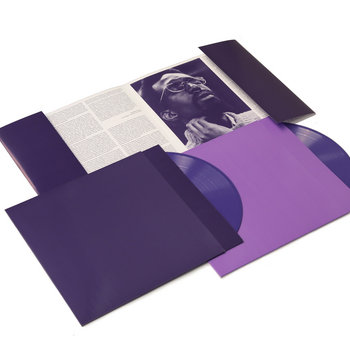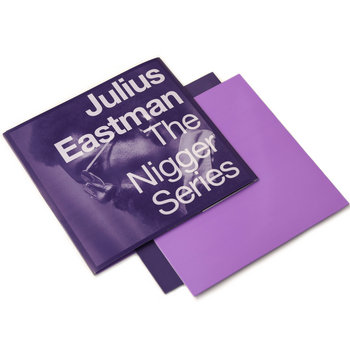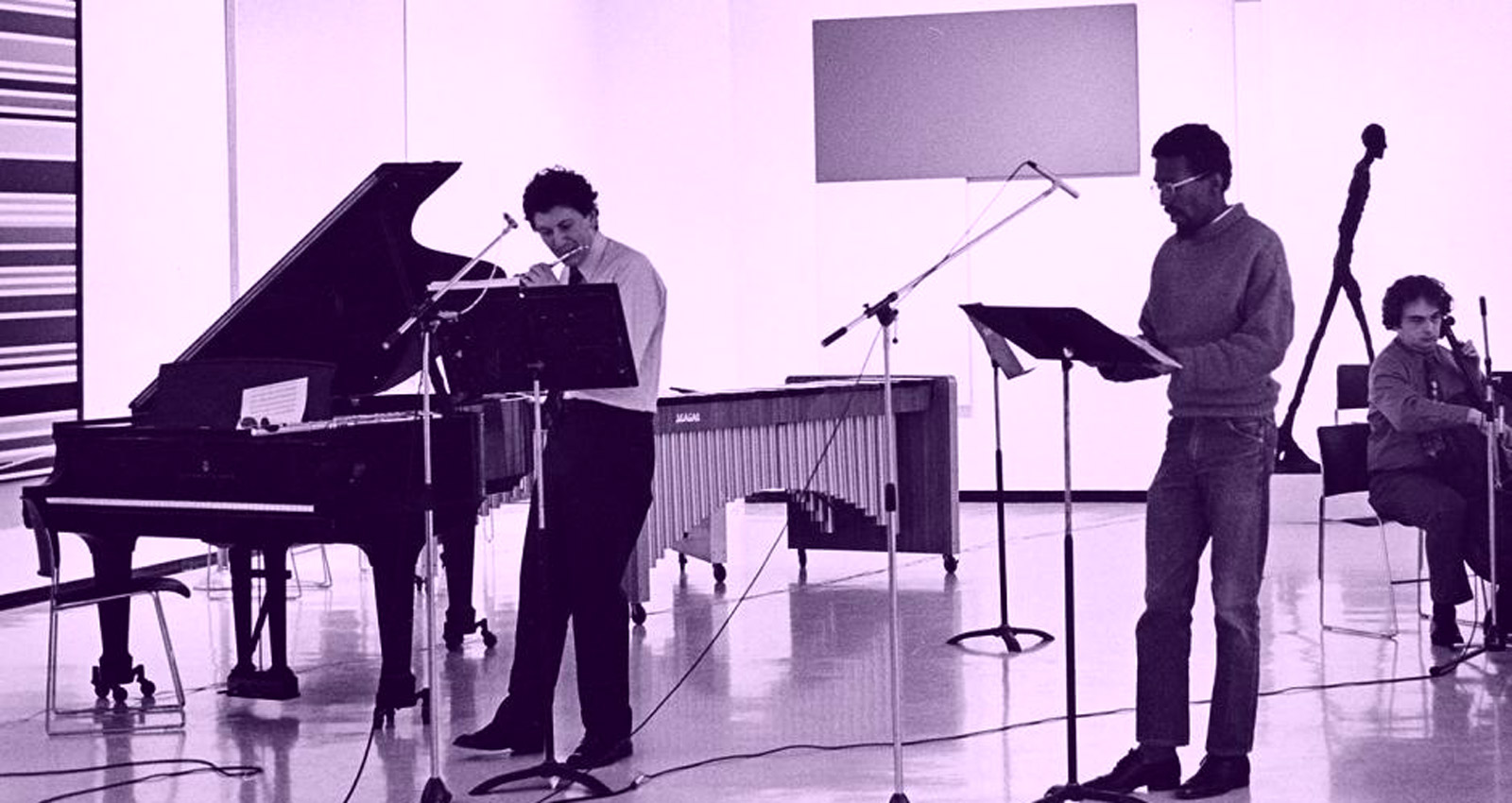
Thirty years after he passed away from a cardiac arrest, alone at the age of 49 in Buffalo, New York, the artistic legacy of minimalist composer Julius Eastman is stronger and more visible than ever. Following the important work done by Mary Jane Leach in her book Gay Guerrilla: Julius Eastman and his Music, which pursues the faint trails Eastman left behind after his decline into homelessness and eventually death, more and more of Eastman’s scores and recordings have become readily available. His compositions, once rarely performed by ensembles that Eastman wasn’t in himself, are now commonly performed and studied. Eastman’s place in the canon is being continually re-appraised, his name now mentioned alongside giants of New York minimalism like Terry Riley, Steve Reich, and La Monte Young. The recent release of Femenine, a 1974 recording of a pivotal transitional piece in Eastman’s oeuvre which features the composer himself on piano, offers important clues to the way his forward-thinking vision developed between his earliest and latest periods.
Accomplished not only in composition, but musical performance, theatrical vocal, and dance, Eastman brought his individuality to every discipline he worked in. He never took vocal lessons, and taught himself musical notation; this natural knack for music—despite a lack of formal training—allowed him to study piano first at Ithaca College, then at the esteemed Curtis Institute of Music. As a performer, musician, and composer, Eastman was committed to a sense of self. In an introduction he gave to his concert at Northwestern University, he explained the title of Gay Guerrilla, and revealed a central pillar of his ideology:
“These names, either I glorify them or they glorify me. And in the case of guerrilla, that glorifies gay…A guerrilla is someone who in any case is sacrificing his life for a point of view. And you know if there is a cause, and if it is a great cause, those who belong to that cause, will sacrifice their blood because without blood there is no cause.”

This aggressive, front-facing philosophy was a core tenet of Eastman’s worldview, and it bled through in everything he did. Not satisfied with simply being himself, Eastman put his identity at the forefront of his work—to experience Julius Eastman is to know who he is. “What I am trying to achieve is to be what I am to the fullest,” he said in an interview with the Buffalo Evening News in 1976. “Black to the fullest, a musician to the fullest, a homosexual to the fullest.” To be Black and gay is to have your existence politicized in your daily life, so Eastman saw fit to bring those politics into the performance space and throw them back into the faces of people who might prefer to look away; if he doesn’t get any respite from being reminded of who he is, why should you?
NOW PLAYING PAUSED
by
.
Top Stories
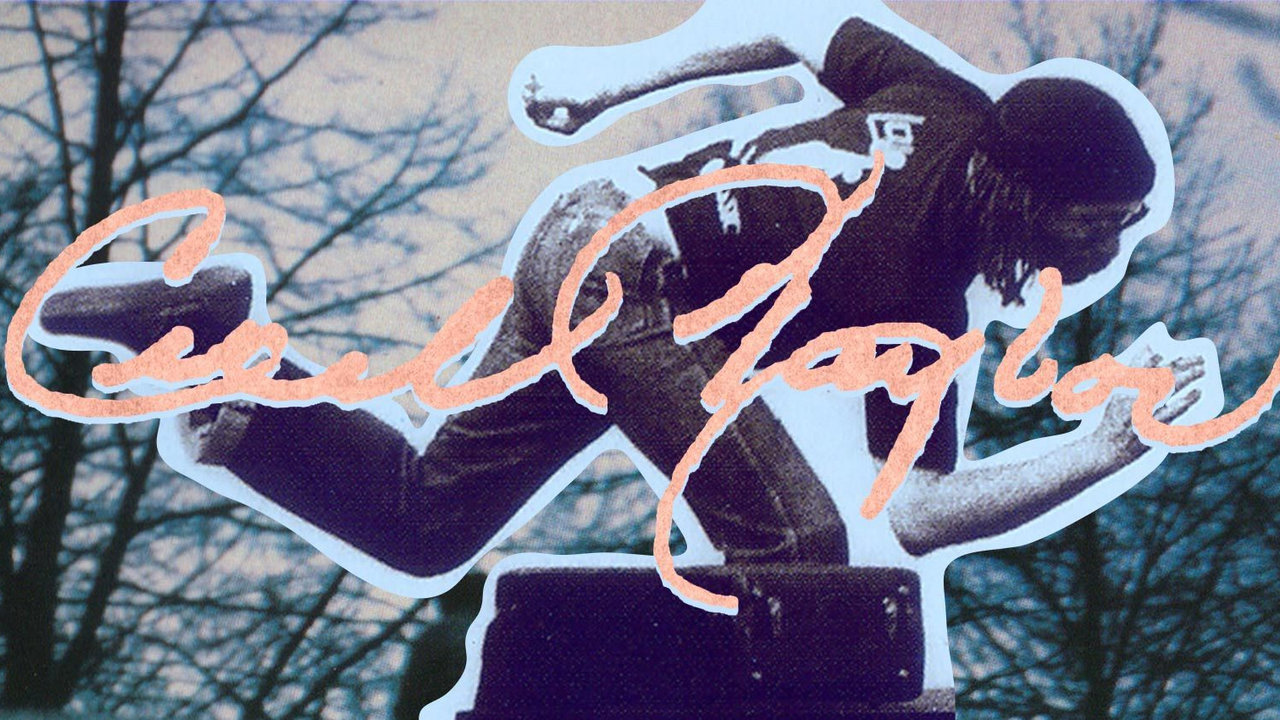
LISTS · August 14, 2020
A Guide to the Music of Cecil Taylor, the Pianist Who Helped Invent Avant-Garde Jazz
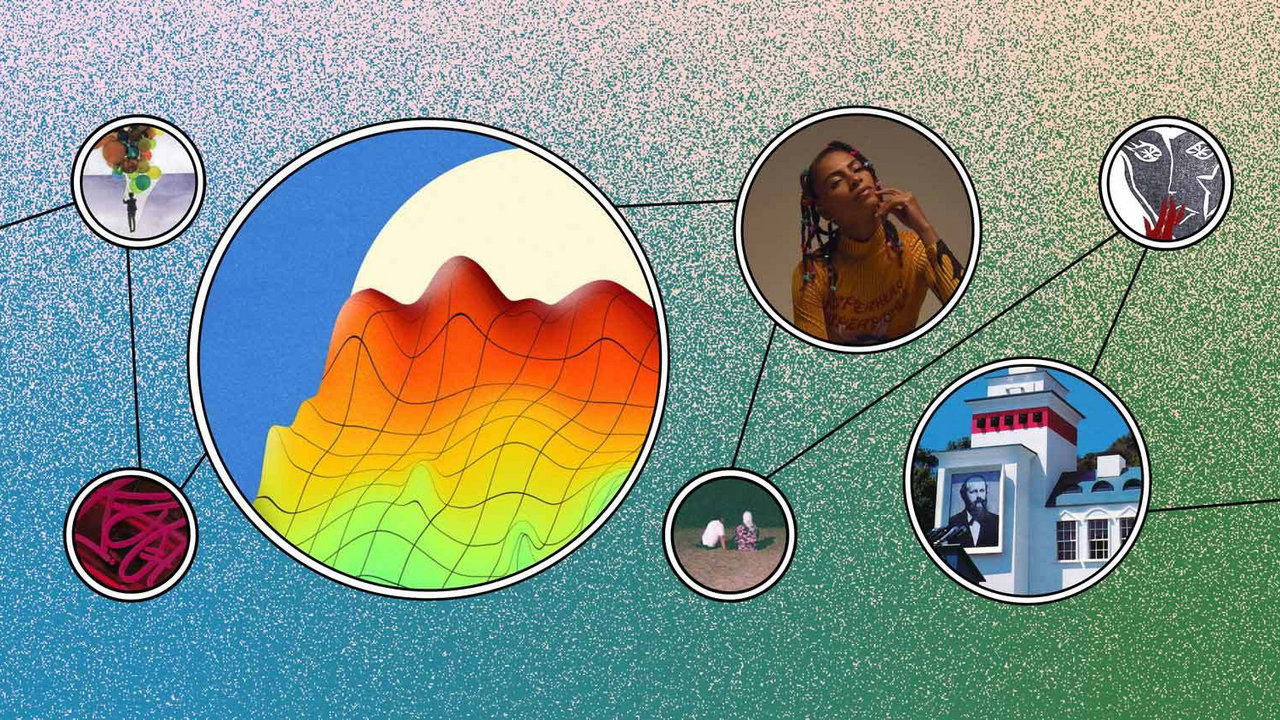
SEVEN ESSENTIAL RELEASES · August 14, 2020
Essential Releases: Jangle Pop, Nairobi Experimental, Hardcore Punk and More

LISTS · August 14, 2020
A Guide to the Music of Cecil Taylor, the Pianist Who Helped Invent Avant-Garde Jazz

SEVEN ESSENTIAL RELEASES · August 14, 2020
Essential Releases: Jangle Pop, Nairobi Experimental, Hardcore Punk and More

LISTS · August 13, 2020
How the Chinese-Jamaican Community Influenced the Development of Classic Reggae
On Bandcamp Radio see all
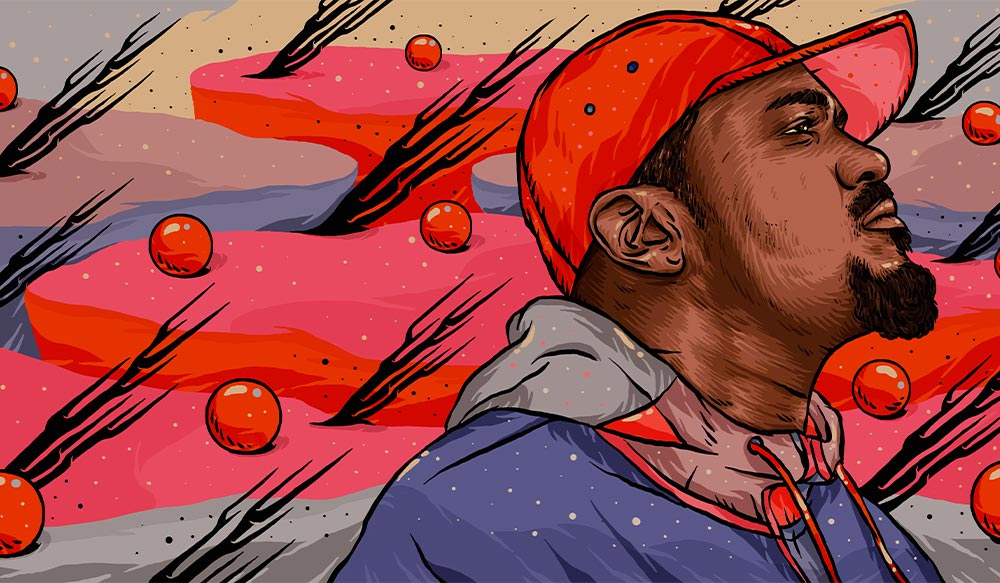
Listen to the latest episode of the Bandcamp Weekly. Listen now →
